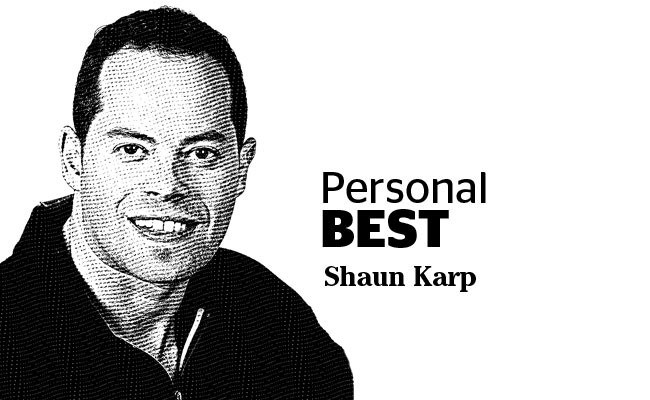Question: I’ve injured myself and I know that using heat and ice can help. But my question is when should I use heat and when should I use ice?
Answer: Both heat and ice are simple yet effective ways to combat pain without the use of conventional painkillers.
As a general rule, you should apply ice to injured or sore areas whenever there is inflammation that produces swelling.
Putting ice on the inflamed area will decrease blood flow and reduce swelling, thereby removing the pressure on your pain fibres. This then decreases your pain.
Heat has the opposite effect. It produces a vasodilatory response in the blood vessels that causes more blood to rush into the area. If this area is already swollen, the increased blood flow will actually put more pressure on your pain fibres and create more pain! Ouch! But blood also brings healing agents when it enters an injured area.
As a result, heat can help once the swelling and inflammation ceases and only stiffness remains. Having trouble with hard-to-reach spots like knees or elbows?
Try freezing some water in a Styrofoam cup, removing the cup’s rim, and applying the exposed ice through a towel. Of course, be sure to contact your doctor before using heat or ice on an injured area.
• • •
Question: I sit at a desk all day at work and my back often feels tight when I get home. Is there a good stretch that I can do to relieve this discomfort?
Answer: Stretching out your latissimus dorsi and back extensor muscles should provide some good relief and help you to limber up some of those tight muscles.
To stretch these areas, try the Prayer Stretch, which is completed by kneeling on a mat and stretching your arms forward in front of your head with your palms down.
The key to this stretch is to keep your gluteal muscles in contact with your heels and your arms stretched out as far as possible.
You should feel it through the middle and outer part of your back and down into your lower back. Hold the stretch for 60 seconds and perform daily.
You can also stretch your lower back by pulling both of your knees to your chest for 45-60 seconds while lying on your back.
Stretching is also a good stress reliever, so be sure to relax and breathe deeply!
• • •
Question: I want to make my ab workouts more intense with a stability ball, but I don’t know where to start. Any suggestions?
Answer: First thing’s first: make sure that the ball is the correct size for you. Determine this by sitting on a stability ball with your feet shoulder-width apart. If your knees are at a 90-degree angle, the ball is the right size for you and you are ready to start.
To perform an abdominal crunch effectively, start by moving your hips forward and lying back onto the ball. Then place your hands across your chest.
Once you are in this position, concentrate on raising your chest and shoulders up to a 45-degree angle. Now squeeze your abdominals and return to the starting position.
Perform three sets of 15-20 repetitions, three to five times each week.
To increase the difficulty, place your feet closer together and your hands at the sides of your head.
Shaun Karp is a certified personal trainer. For further information call 604-420-7800 or go to karpfitness.com.



